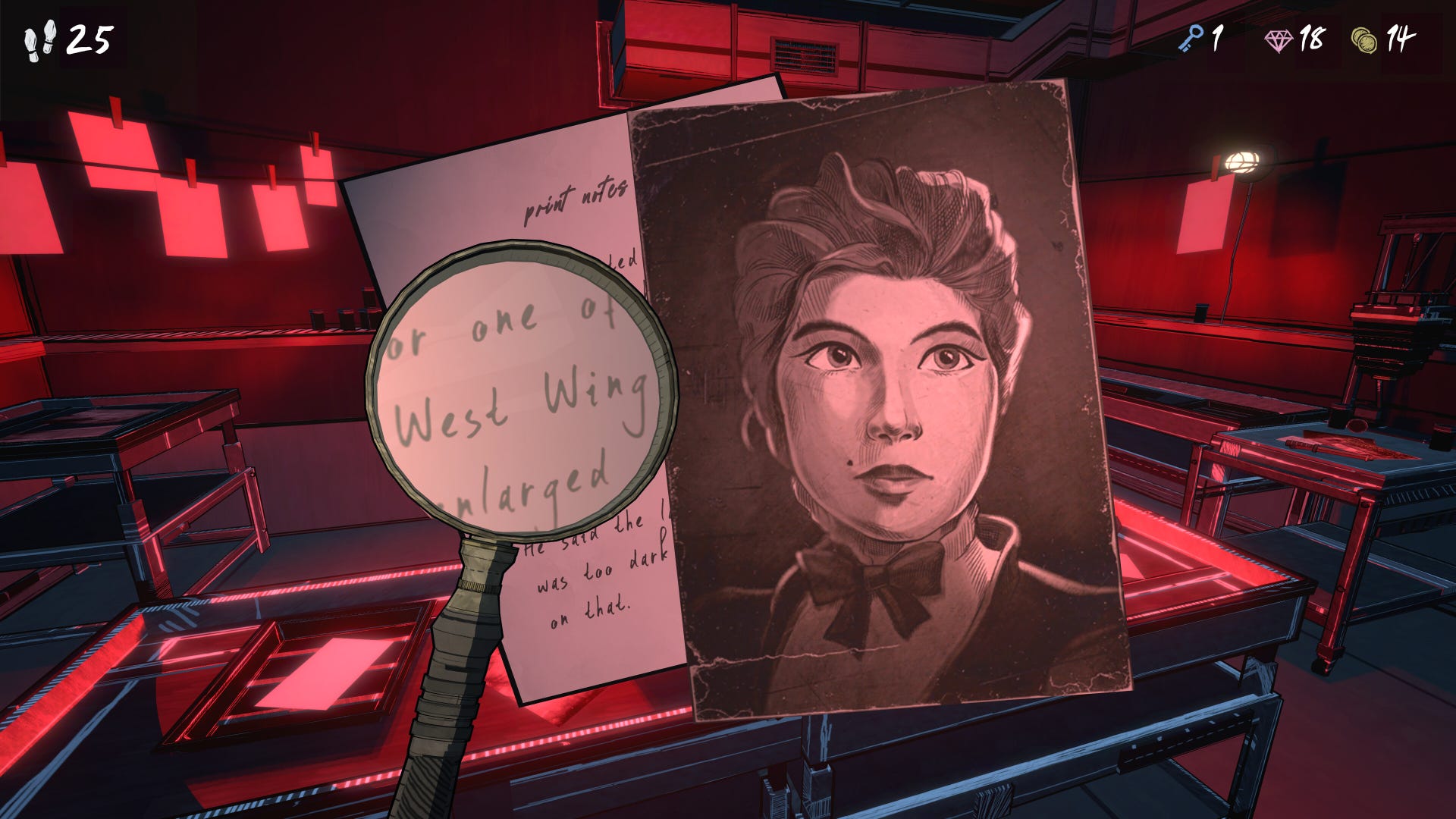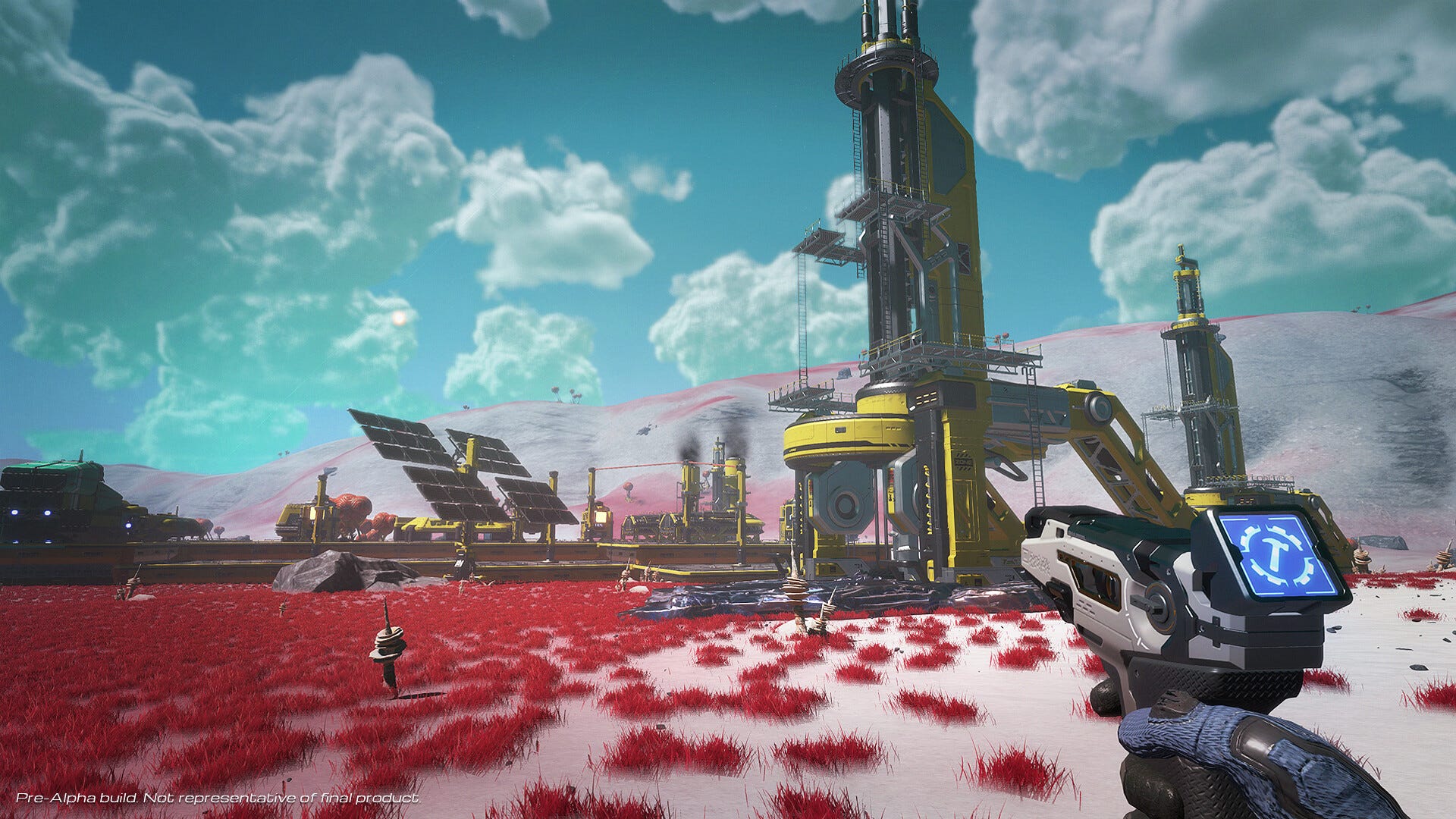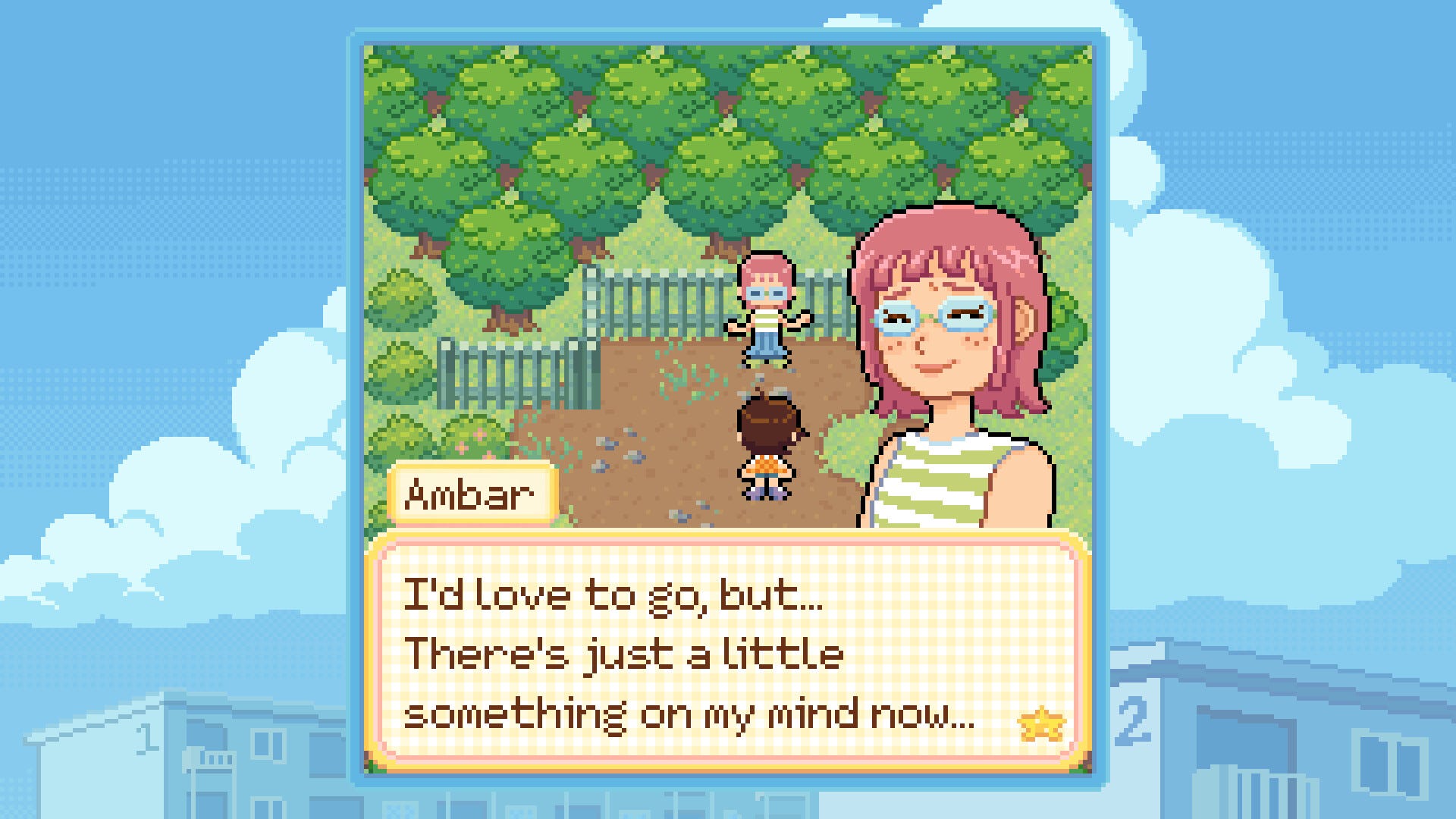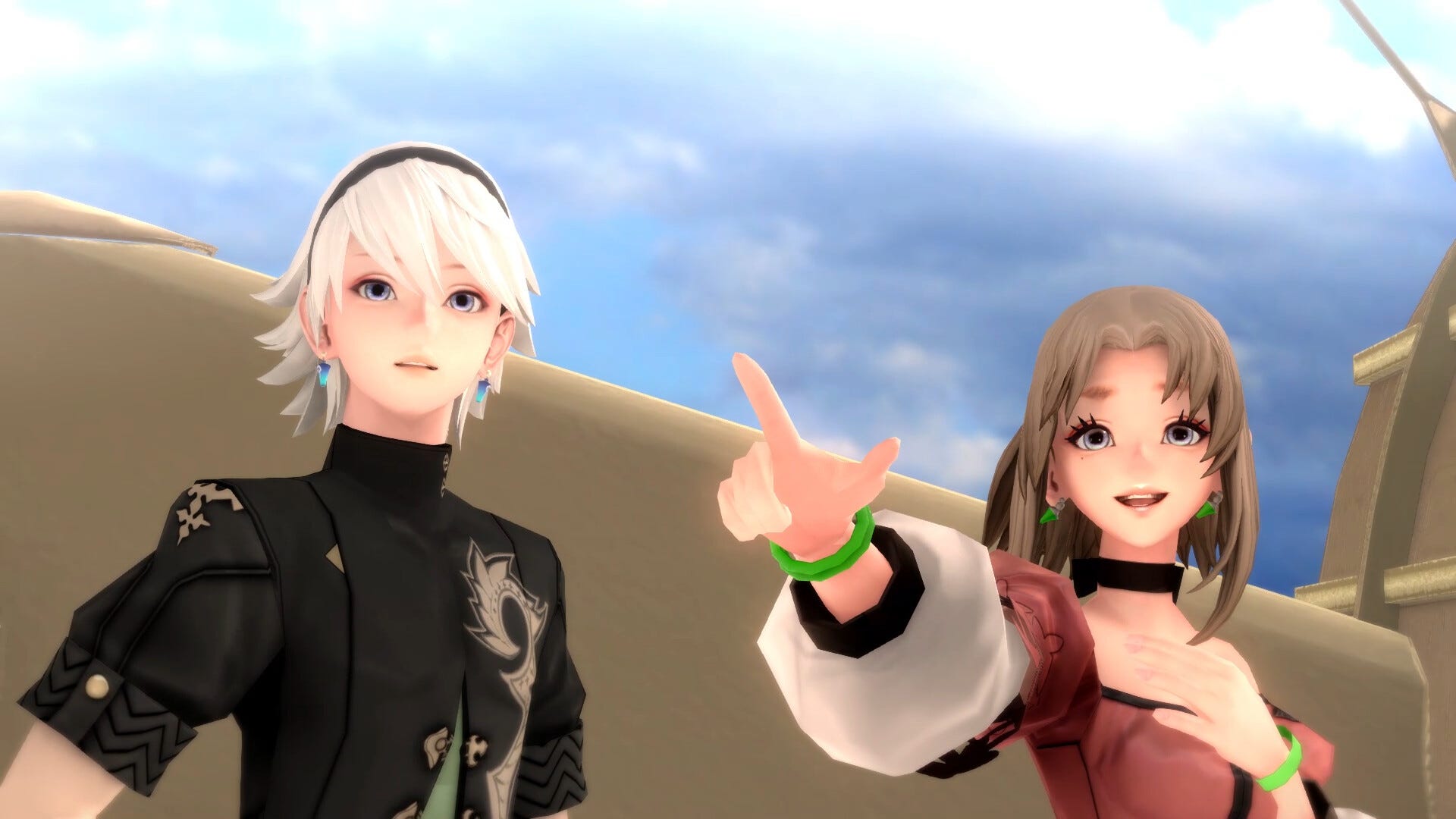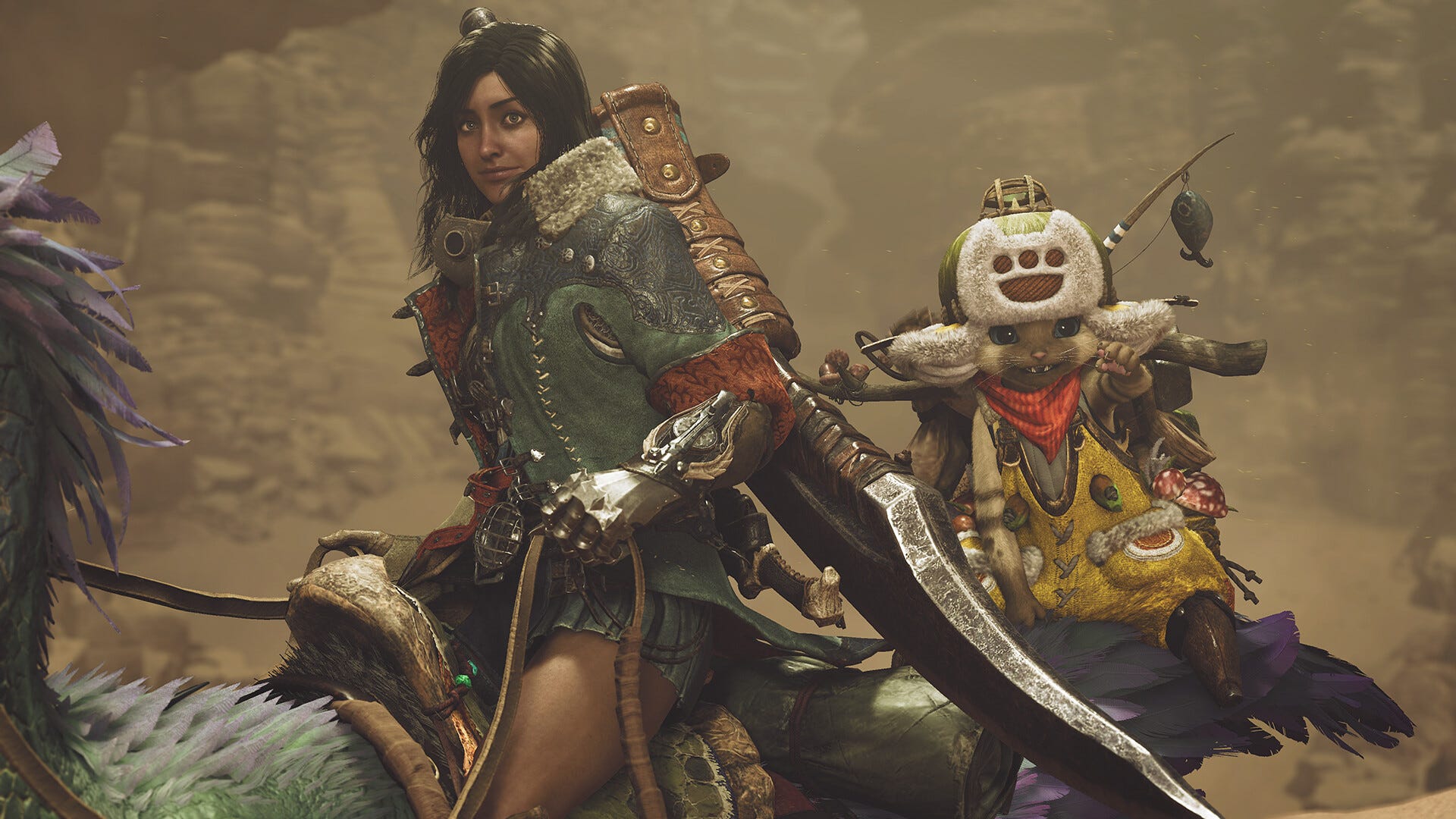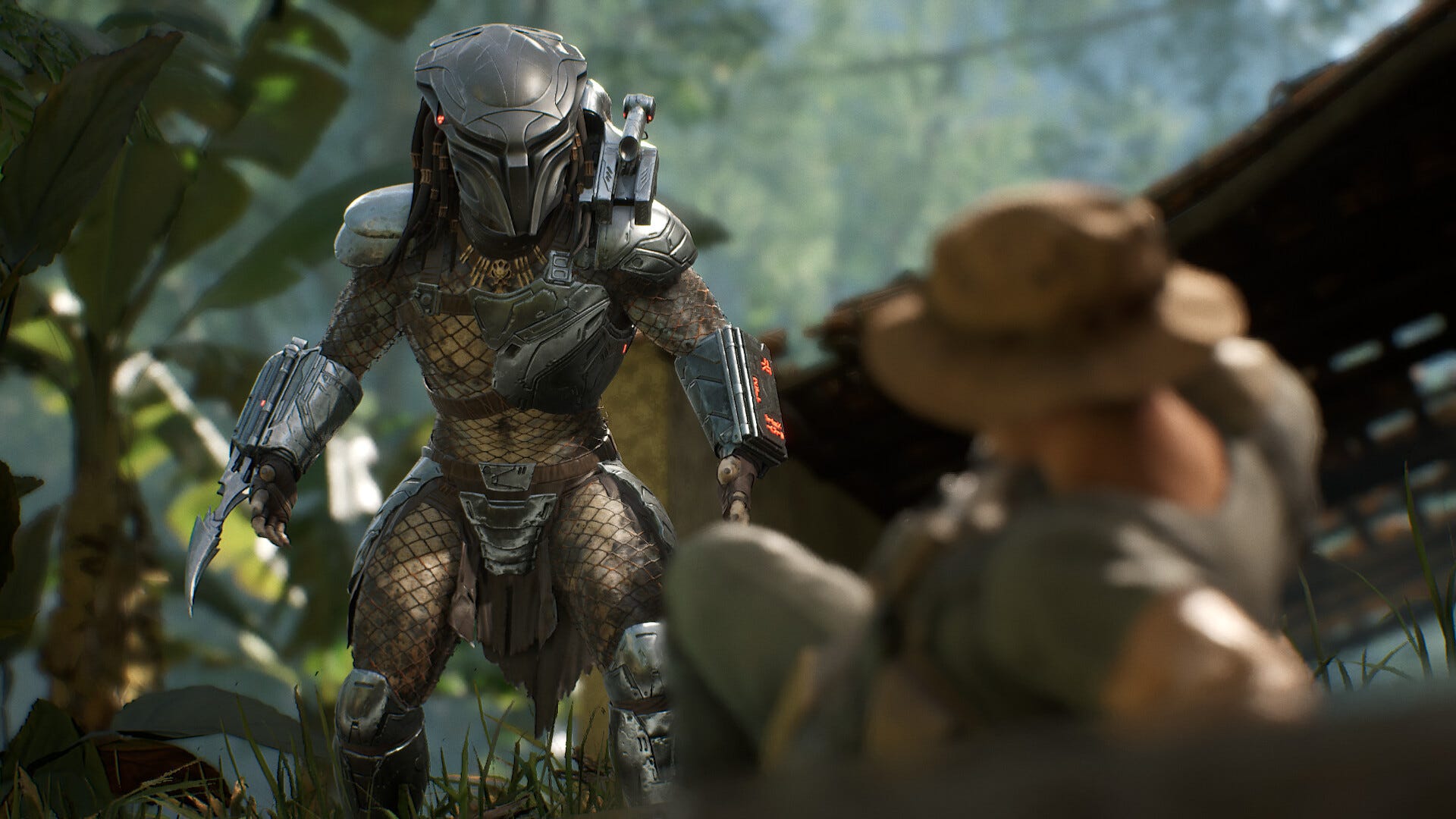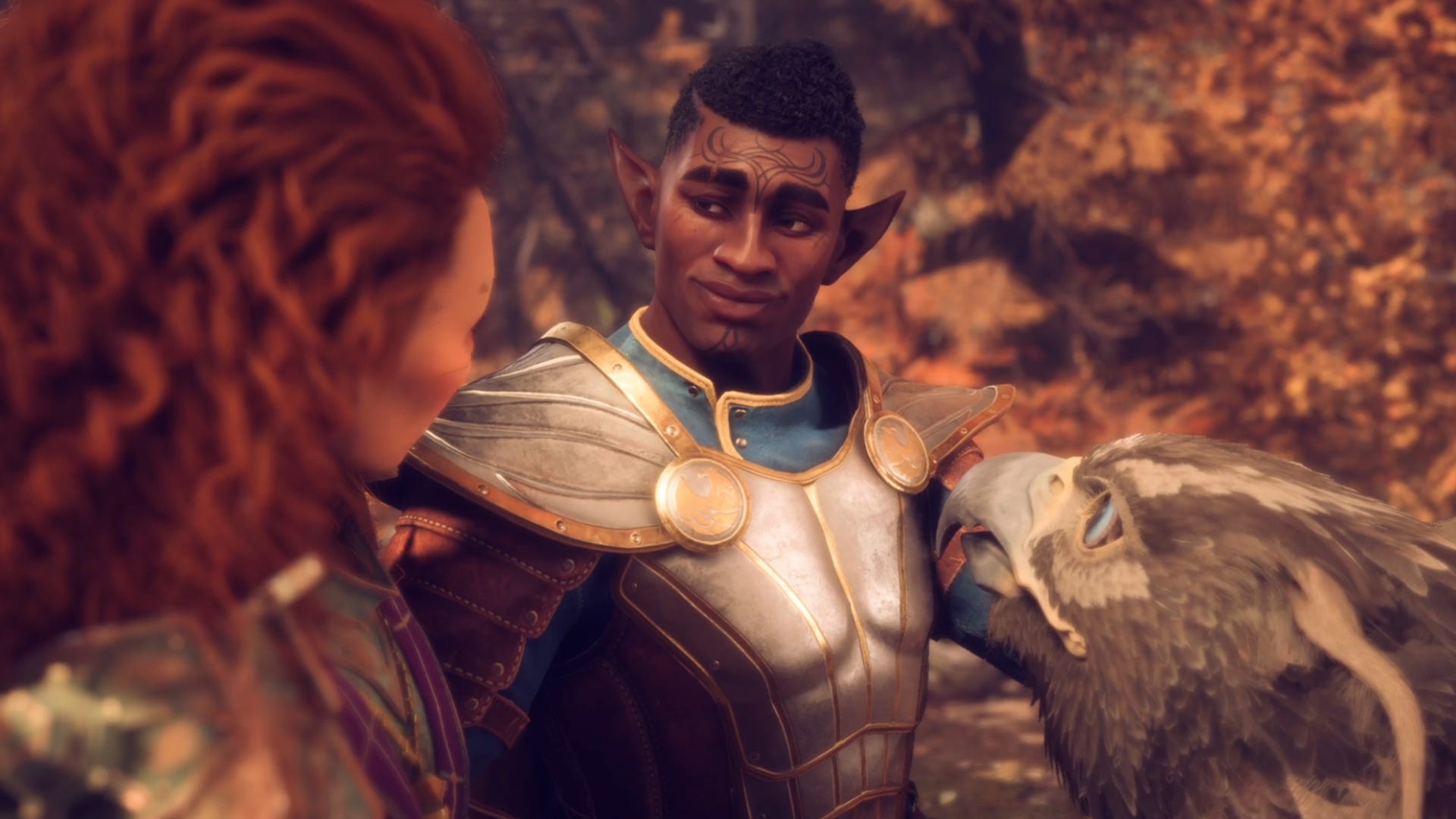
I think It’s safe to say that Trigger Happy Interactive’s upcoming survival horror Total Chaos is a bit of a palette change from their last offering – the frenetic, neon-drenched, chainsaw-legged Turbo Overkill. Still, it’s not often we see psychological horror combined with ultraviolence, and anything that gives off even a whiff of Condemned: Criminal Origins has my attention.
Total Chaos started life as a popular Doom 2 mod, and while I dare the say the limitations of that game sell the atmosphere a little better than this much sleeker update, I certainly trust Trigger Happy enough to make the most of the new engine. The game is set in New Oasis, a “once bustling haven for coal miners” that is now most definitely not bustling, nor haven-like.

